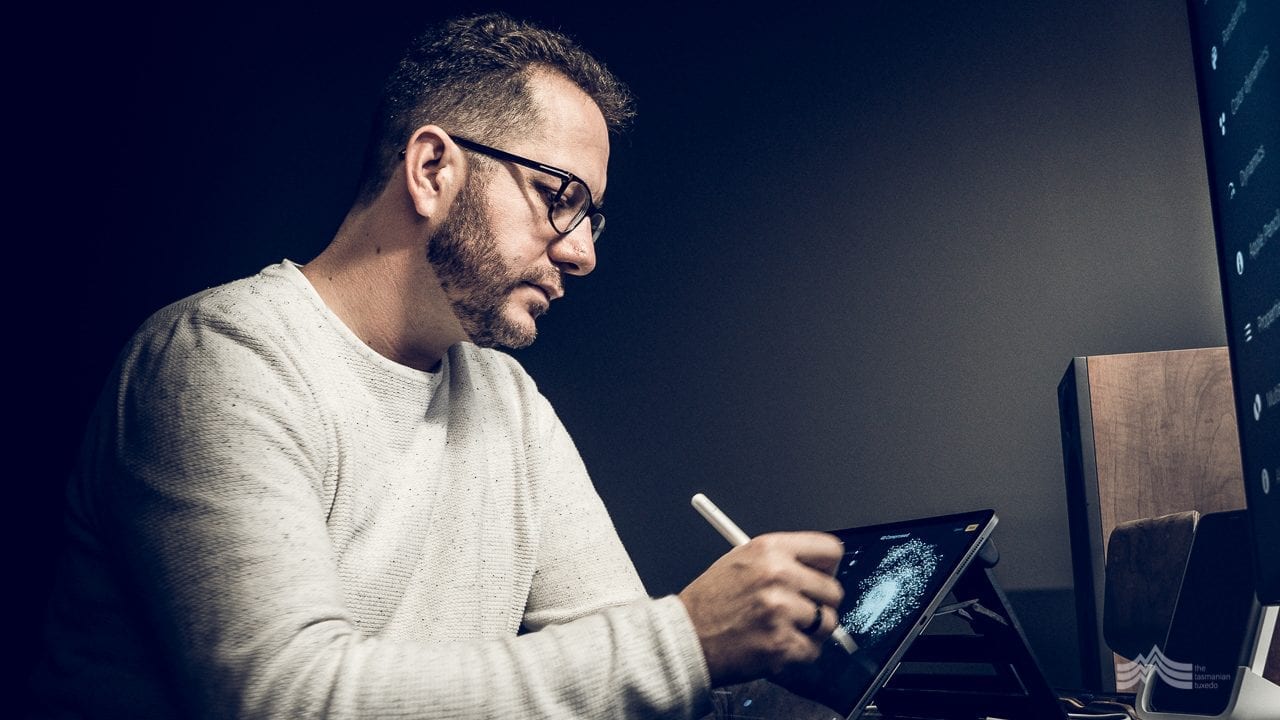If you were to hazard a guess, you’d probably put your money on the number one creative app for iPad coming out of some high tech company in Silicon Valley. After all, most new tech and social media platforms find their feet in the innovative corner constantly buzzing in Northern California. However, in this case you’d be dead wrong. Procreate, the artistic software that’s taken the world by storm, comes directly out of an unassuming office in North Hobart.
Behind a simple façade lies an edgy converted warehouse. It’s home to James Cuda and his dynamic team of about 30 fascinating individuals who live and breathe coding, creativity and communication. Above all, they all share a love for the arts and pushing boundaries. If you’re in this industry – anywhere in the world – you know what Procreate is. If you’re not up with digital illustration, you’ve probably got no idea… so hang on for the ride.
To put things in perspective, digital art has exploded in the past decade. The contribution that the arts make in terms of diverse thinking and self-expression is difficult to quantify. Consider the wildly popular animations produced by the likes of Disney, Marvel and Pixar, and the momentous world of video games created by companies such as DC, Ubisoft and Blizzard. Yes, it’s a thriving industry, and yes, you guessed it – all the big names above use Procreate.
James is the CEO and Co-Founder of Savage Interactive, the company responsible for the Procreate revolution. He grew up in Sydney, a self-confessed artistic child who loved drawing and painting from a young age. “As a teenager, I got myself on the wrong path and ended up not finishing school,” James says. “I got to the point where I had to escape Sydney, sort myself out and find out what I needed to do with my life. I knew it would involve arts or technology in some capacity, I just needed to find out how.”
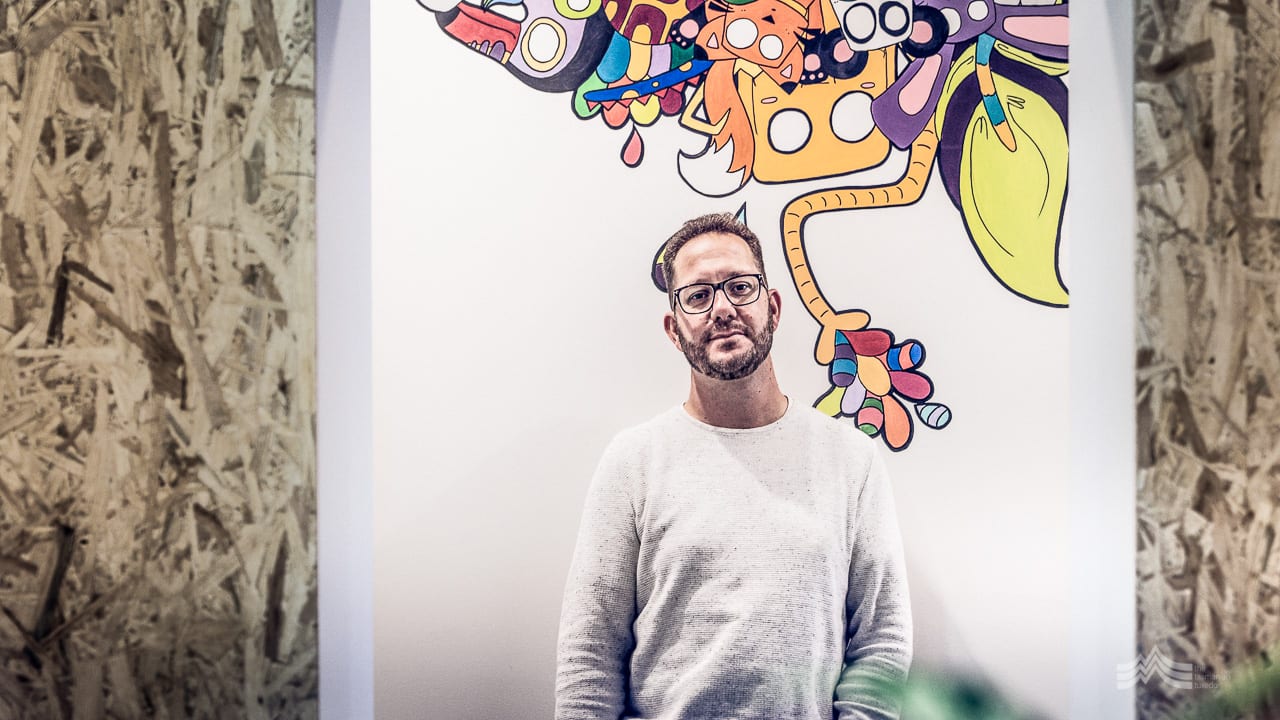
Heading to Tasmania, a place he’d been drawn to in the past for its heady combination of artistic expression and deep connection with rugged wilderness, James met his Tasmanian wife, Alanna. A trip to the island state turned into a permanent move, and facilitated a change in direction for this wandering young soul.
“I vividly recall one night in the early 2000s when I was playing around on my Dreamcast art console,” says James, smiling as he reminisces about the early home video hardware. “I worked out I could connect to the internet, and suddenly I had access to an explosion of digital art. Straight away I knew I needed to get involved.”
The discovery was the impetus James needed to find his direction. “I took out a loan, bought a computer and started teaching myself. There were a lot of late nights, but I loved it. At the same time I also started getting some freelance design and web work,” he continues. “I completed a TAFE diploma and then started my own brand agency… Savage Media.”
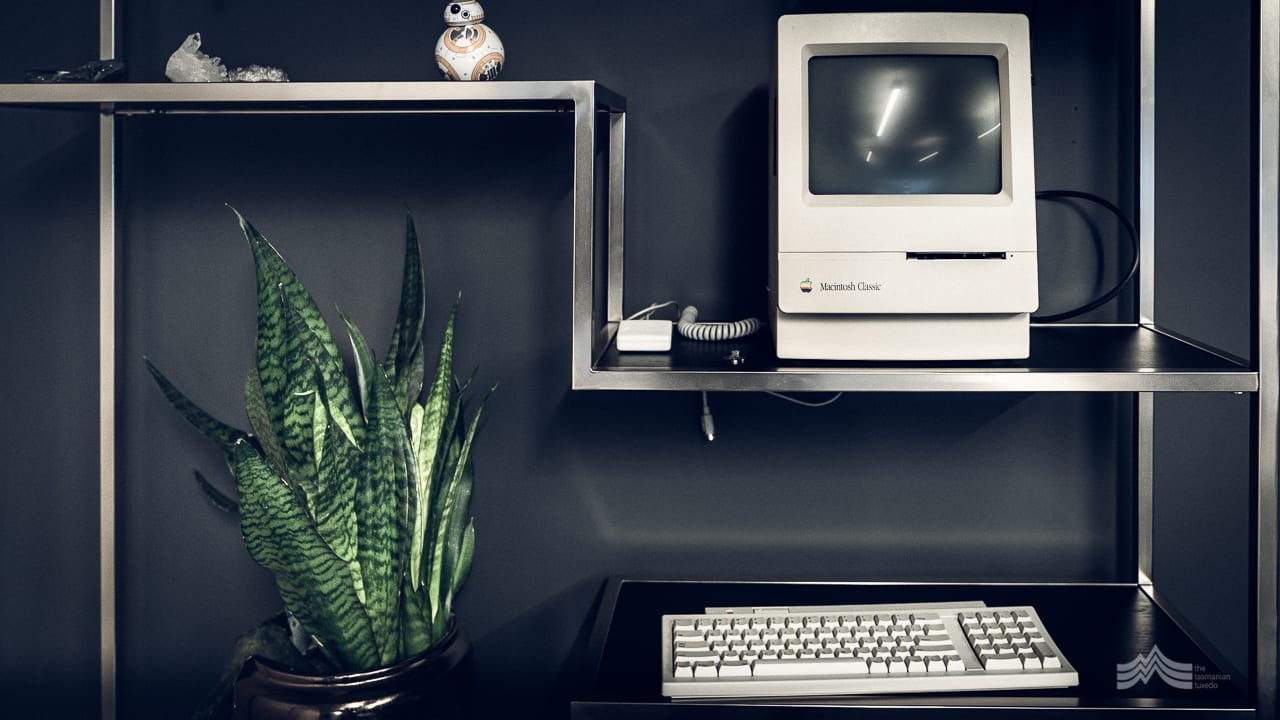
It was a name fitting of James’ newfound determination. “I was hungry as hell and had found my fire,” he says. “All of a sudden I’d found my industry and knew what I wanted to do. I wanted to produce the best stuff and I was going to make it happen. We chose the name to reflect that drive and that hunger.”
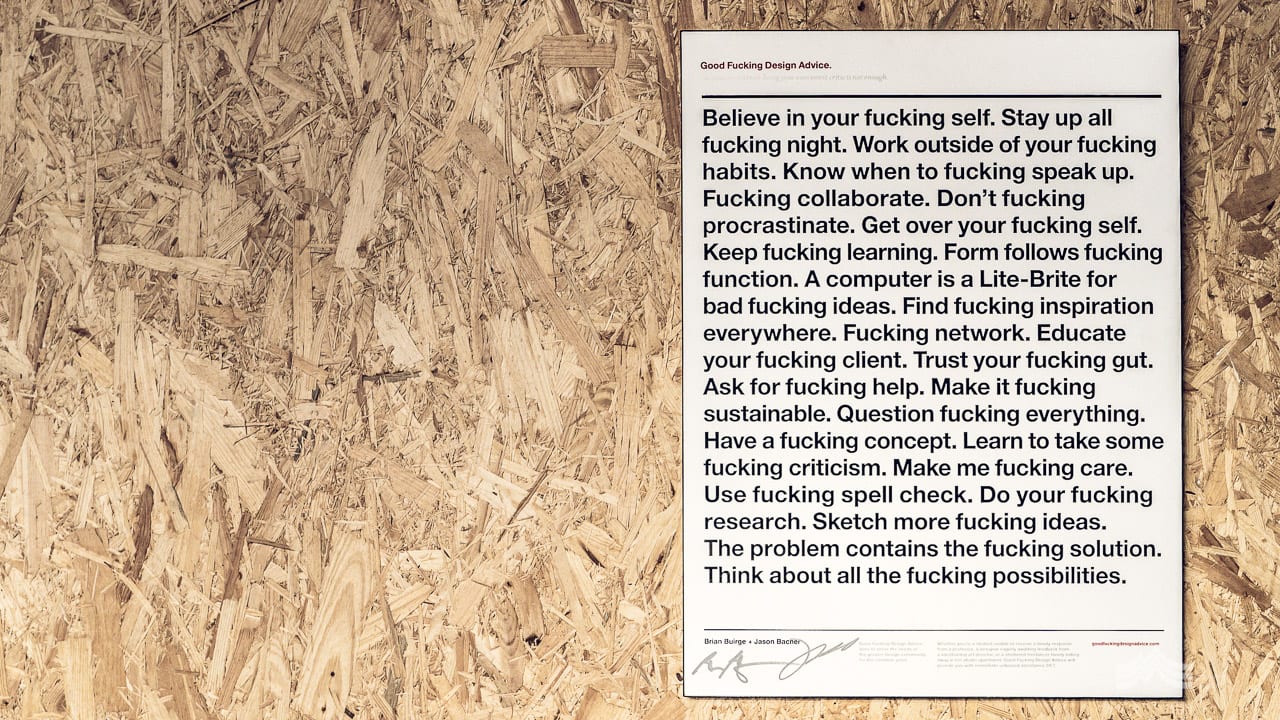
“Savage Media was certainly successful as its own entity, however after a few years I started to feel the need to expand my vision. The company was doing well, but I felt like I was dying inside. I needed to find a shift for myself.” James’ body language is animated as he speaks, “As it happened, it was right around this time when Steve Jobs unveiled the iPad. That moment was serendipitous for me. A lightbulb went off – I knew it was the future. Alanna and I went straight down and registered Savage Interactive as a business name that very day, as I knew this was the platform for us.”
The advent of the iPad in 2010 was indeed transformative. It was a paradigm shift like no other, and bought with it opportunity for those with vision, energy and determination to harness the future. In James’ own words, “The multitouch functionality of the iPad really changed the game.”
James and his right hand man, software engineer Lloyd Bottomley, set straight to work. “After 18 months of really hard yakka, working late every single night, we’d made a graphically accelerated product for painting and drawing,” James says. “That original OpenGL graphics engine was groundbreaking, and included many features that are now just standard, but we were the first to take them to market.” He adds with a grin, “Lloyd isn’t called The Ginger Wizard for nothing.”
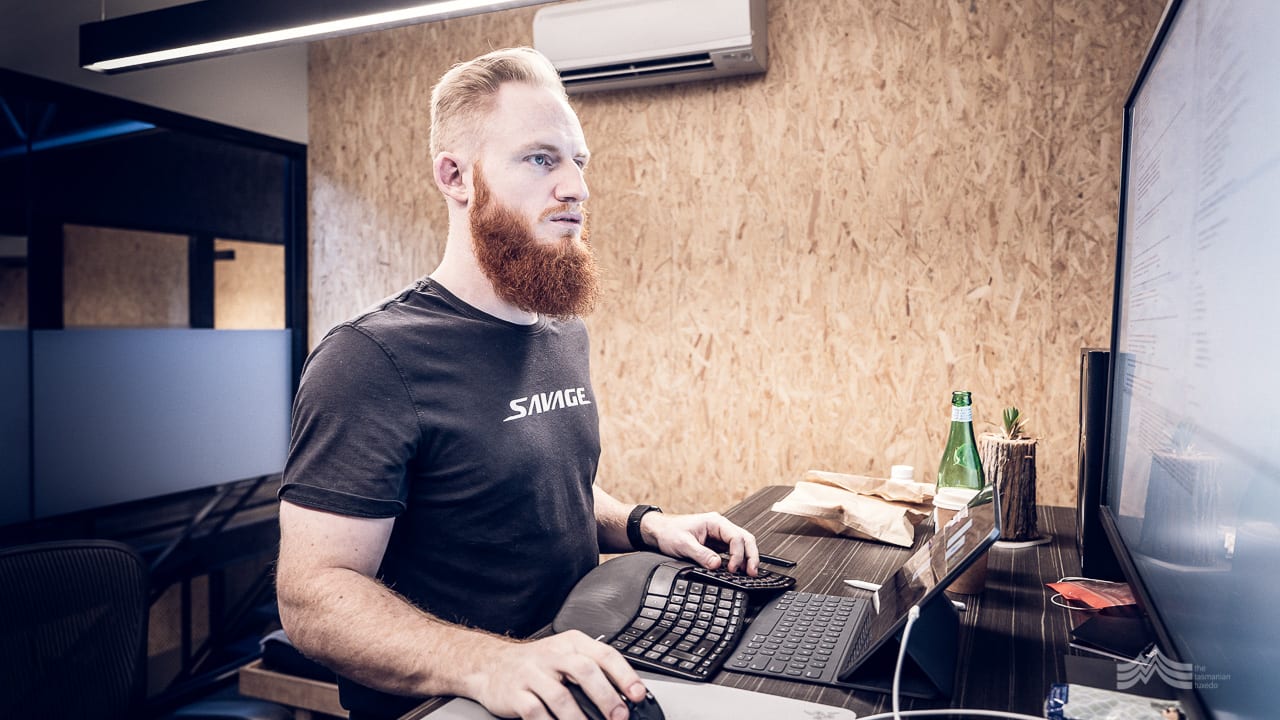

James recalls the effort that went into the early days of Procreate. “We could see this was another whole business, and we started getting really excited towards the end. I closed Savage Media to concentrate on this. People thought I was nuts.” He smiles knowingly. “But I knew we’d built something good, and I needed to extract myself from my existing clients to concentrate on this full time.”
Essentially, the aim of Procreate is to recreate the natural feel of drawing and painting whilst utilising all the advantages of a digital platform. Artists from beginners to professionals have been swept up in the explosion of possibilities. Grab your iPad and Apple Pencil and you’ll uncover 4K canvas resolution, over 130 brushes – some with dual textures – text and animation capabilities, blend modes, masks and all sorts of other amazing tools conveniently in one place. Flaunting your skills by creating a time-lapse animation of your work is particularly cool.
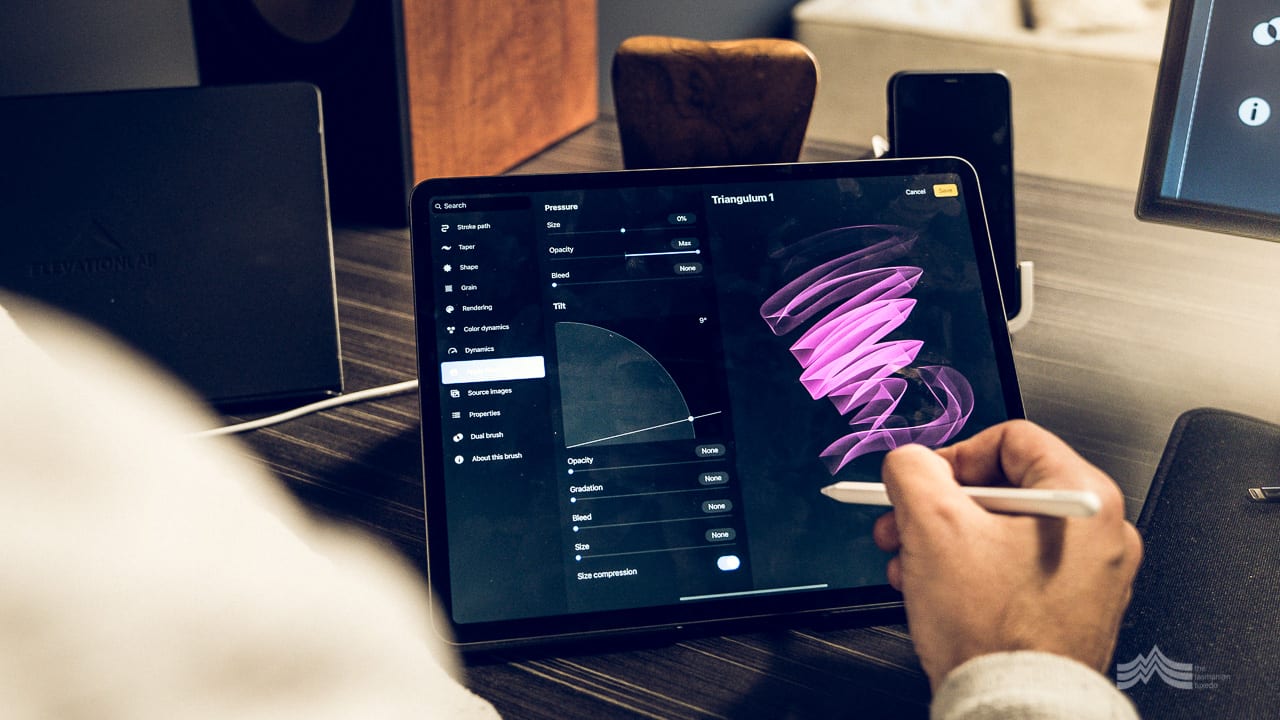
Savage went live with Procreate in 2011. James explains the early marketing strategy: “There were some hairy moments as the sales started to trickle in. We decided to approach the best artists in the world, give them the software and get their feedback. We kept persevering and really started to see the product get traction. We were on the App Store by 2012… and won an Apple Design Award a year later.”
That Apple Design Award in 2013 was fitting recognition for James’s vision and determination. Around the same time, celebrated artist Kyle Lambert caused a global stir with his hyper-realistic Procreate painting of Morgan Freeman. His time-lapse video went viral, and debates erupted over the work being fake. The attention did nothing to harm Procreate’s future, however. “In fact, it was the best thing that could have happened,” James laughs. “Suddenly the whole world was talking about us. It was brilliant exposure that really took things to another level.”
Savage’s own in-house artist Will Robinson is a prime example of just what’s possible. “Will was the very first artist to use Procreate,” James says. “I’m so glad I found him… over a chance meeting in Coles here one night actually. He’s supremely talented; a lifelong illustrator who loves digital creation. What he is producing continues to blow me away.”
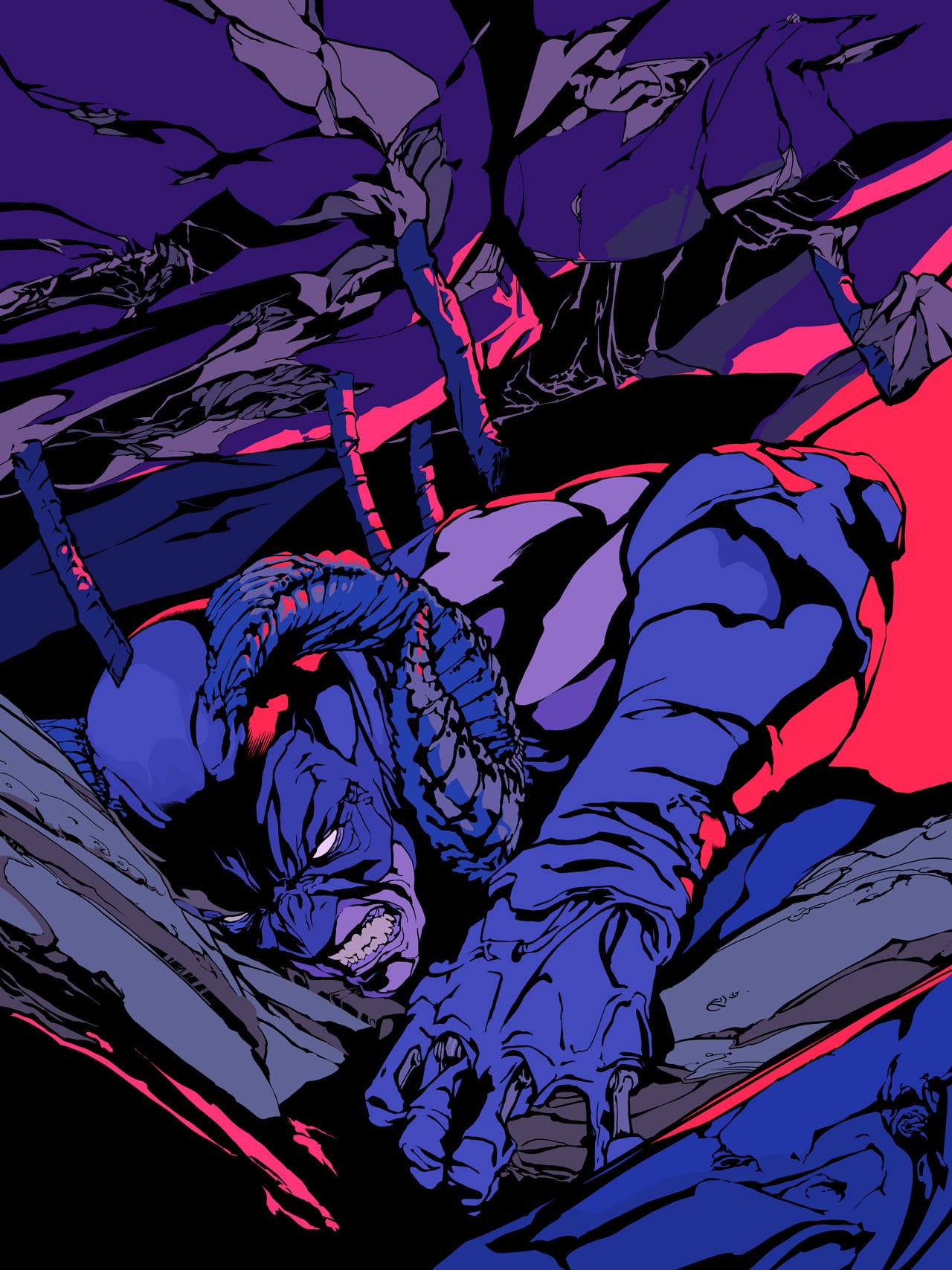 Rampage, illustration by Will Robinson
Rampage, illustration by Will Robinson
The 2015 Apple iPad Pro in conjunction with the Apple Pencil was a serious turning point. “As it was being announced, we were sitting watching Twitter just explode. Our sales went astronomical from there and things really skyrocketed.”
Indeed the accolades keep coming for the top paid iPad app in the world. When Apple unveiled its ‘Best of 2018’ selections, the position of bestselling iPhone app went straight to Procreate Pocket – a scaled-down version of Procreate that puts professional art tools directly onto a phone. “It shows how far things have come…some of the work that is being produced on this version is amazing,” James says.
The challenge of being a leader in this industry from little old Hobart is something James is often asked about. “We made the decision to base ourselves here and remain here,” he explains. “I really believe that half the magic about what we do comes from not being in the valley,” he says, when considering the distance between Tassie and the global tech hub that is Silicon Valley. “I find there’s just a real culture of capitalists there, throwing cash at anything and not thinking things through. Too many are obsessed with building a business and not a valued product.”
“I made a deliberate choice to remain based in Hobart and to stay underground,” says James. “I like being isolated from the industry here and not getting sucked into the drama. Yes, it means we have to travel a bit, but generally we just put our heads down and get things done. This place is real, genuine and relaxed. It’s definitely for me.”

Sitting behind the world’s most highly regarded art app draws all manner of attention. With many artists and illustrators claiming no other app comes close to its painting experience and range of tools, there are often knocks at the door. “I’ve had multiple offers to be bought out, but this is my soul and I’m not prepared to sell it,” says James. “We’ve made a conscious choice to remain privately owned and to satisfy our own ambitions. It’s definitely about not being absorbed, but rather standing alone and standing tall.”
Like many before him, growth is a challenge for James. “I learnt pretty quickly it’s all about people,” he says confidently. “I’m slow to hire and fast to fire. I really think it’s all about finding the right people who are as driven as you are. Our staff go to bed thinking about their work – they just love it. When you get a group of people together like that it’s pretty powerful, and remarkable things happen.”
With a golden reputation within the industry, you’d think recruitment would be easy for Savage Interactive. “We hear from some pretty impressive developers and software engineers,” says James. “But I’ve found I need to be up front about our location. A lot of them aren’t prepared to move, and that’s a deal breaker for us. We’re 100% committed to staying in Tasmania. Interestingly while we have attracted some serious talent from across the globe, the team includes a healthy amount of locals too. We’ve found some gems right here under our noses.”
Clearly proud of his team, James continues, “One of the things I look for to begin with is artistic passion. Creativity is at the heart of what we do – it’s what we’re all about. The arts are unique to the human race. It’s what makes us different to other species, our need to create. A lot of kudos is given to science and technology these days, but I don’t think enough is given to the arts. We should stop and think about that more.”
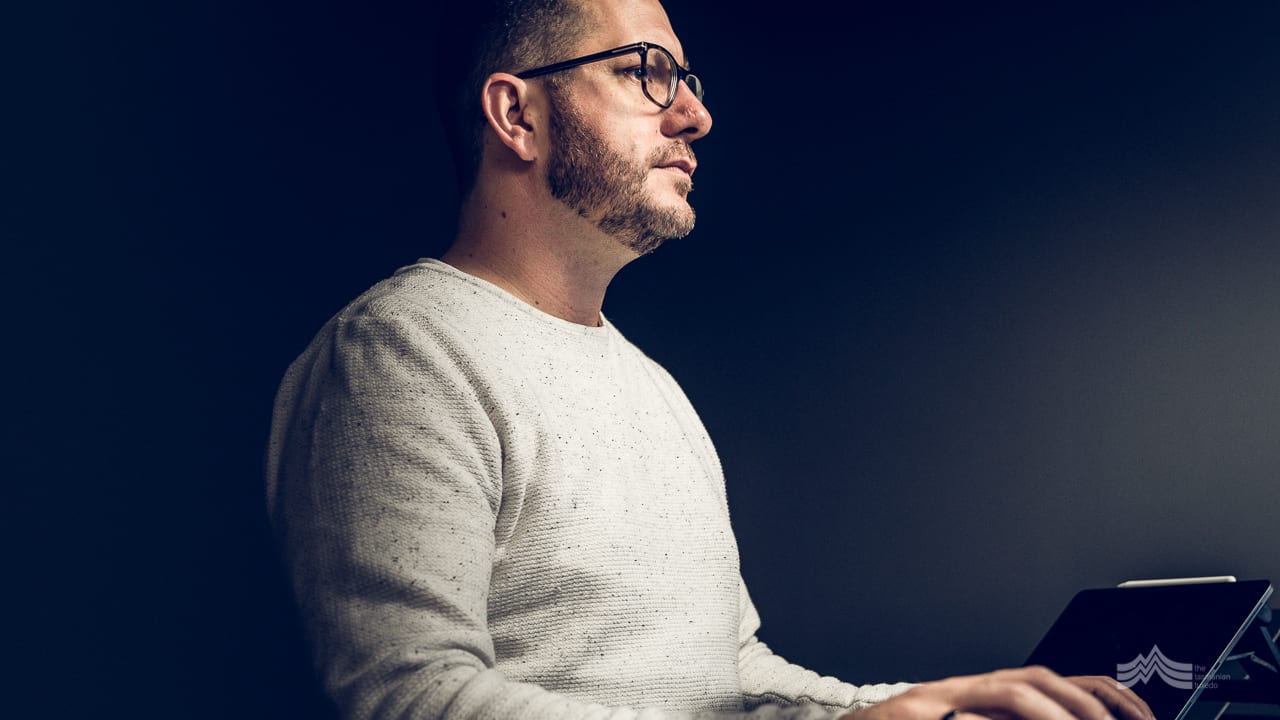
“The team here are just killing it,” he says with a grin. “Some days I have to stop them and tell them to go home. They all have so much conviction and my role has become about taking obstacles out of their way whenever I can. They find amazing ways to make the unthinkable happen. We’re in a great phase now where the product has done extraordinarily well financially and the reinvestment in development has put us in a great position. ”
“We operate a bit like musicians really. We sit around and jam for a while, bang out some prototypes and then everyone goes away and works on the elements. I think it’s a magical way that software development can work. We are the authors of this work. My team don’t work from specifications; I give them freedom and they work things out themselves.”
At the end of the day, Savage Interactive has done most things the wrong way. “We’re based in Tasmania, we have no investors, we hire people without fancy CVs, and we only charge a one off fee for our product,” laughs James. “Everything we do goes against the waterfall and has been based on instinct. It’s why we’re here.”
Considering the future, James says, “I’ve definitely learnt that at my core is the drive to make stuff. I can’t operate in any other way, so I think I’ll be here doing what I love and pushing more boundaries for a long time yet. There’s so much more to come, and right now the context is exactly right. We’re focused on the artists that use Procreate. The arc we’re on track to complete is super exciting. I can’t wait to unleash what’s ahead.”
Portrait below by Will Robinson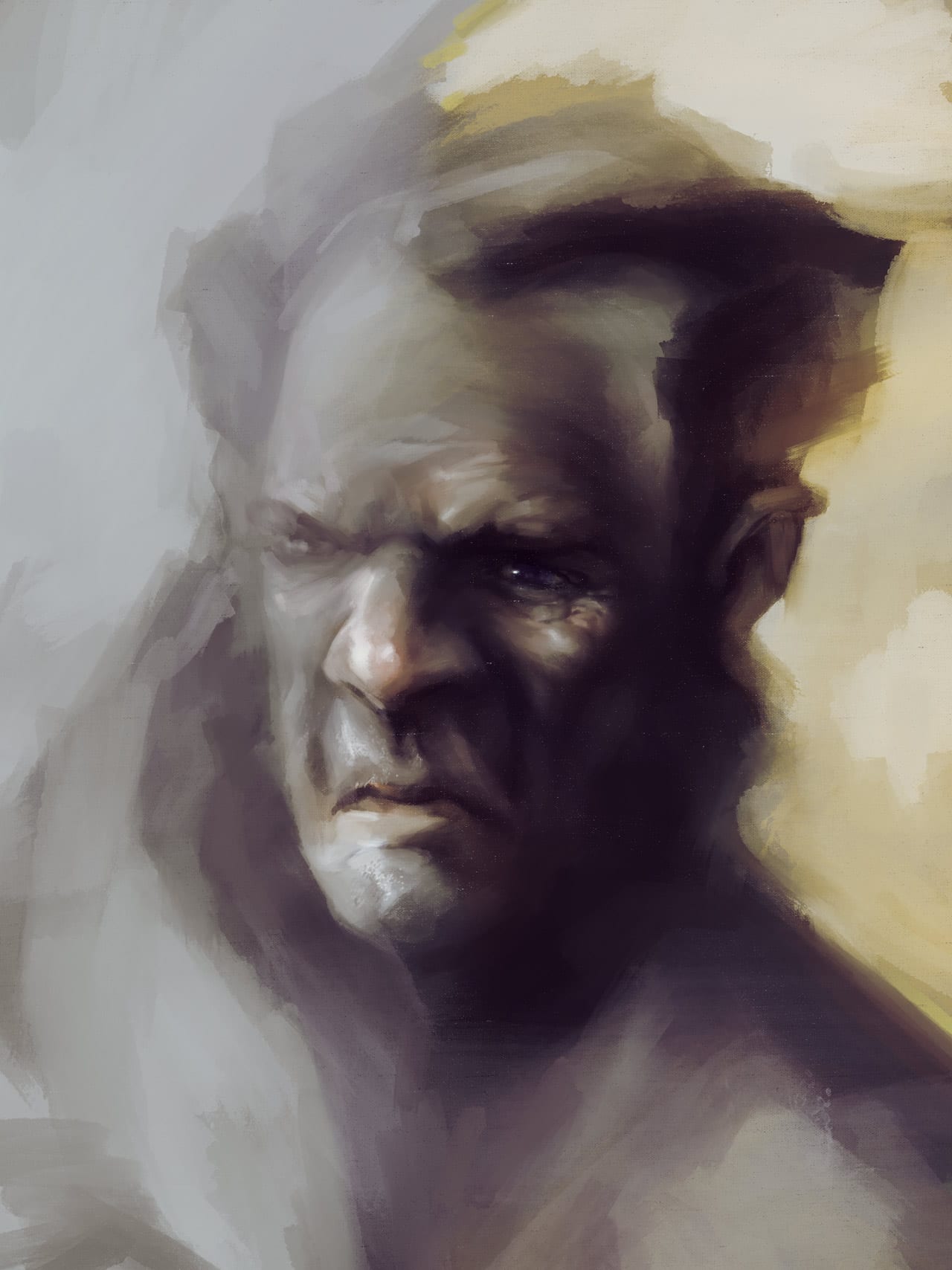
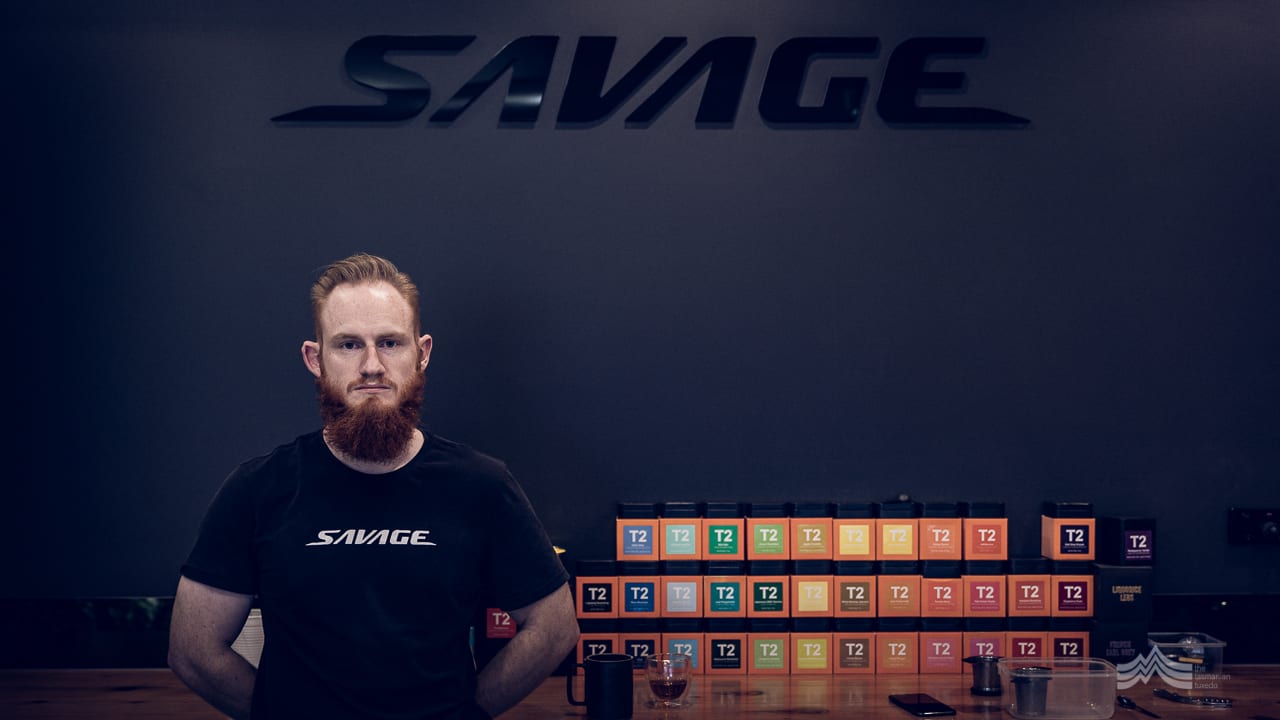

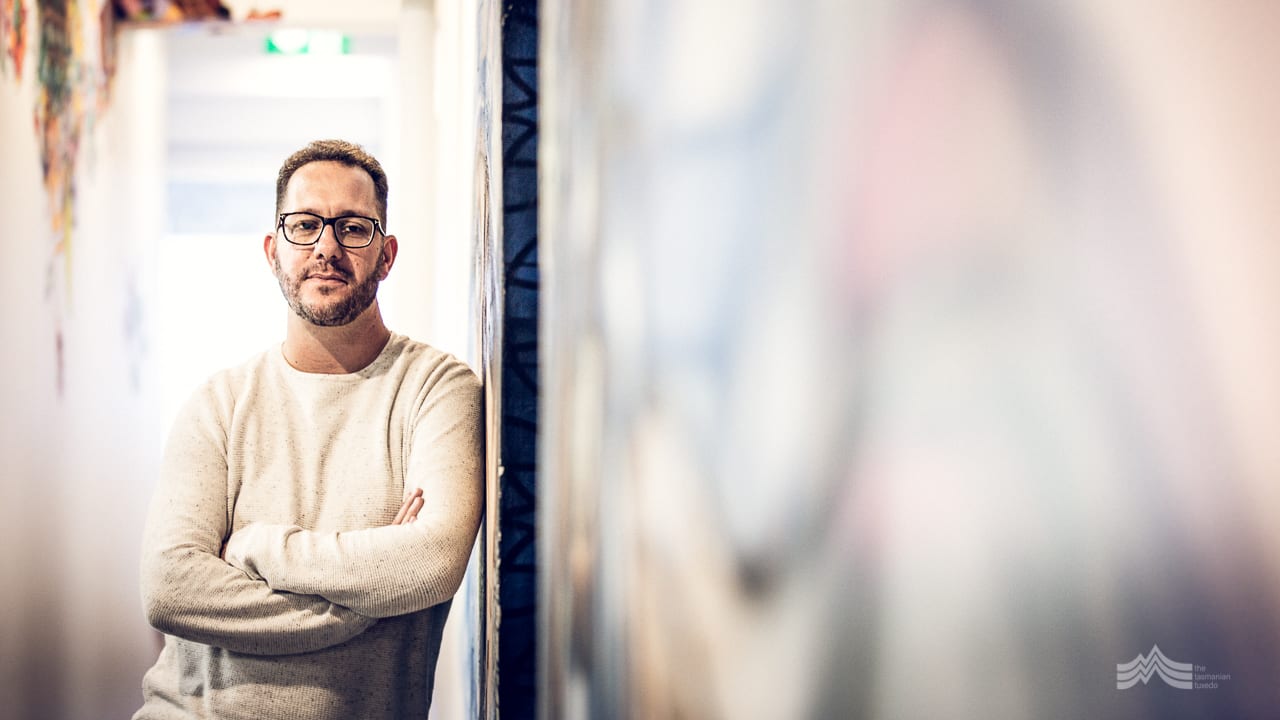
Unearth more via the Procreate website. Feed your thirst for digital art over on Instagram.
